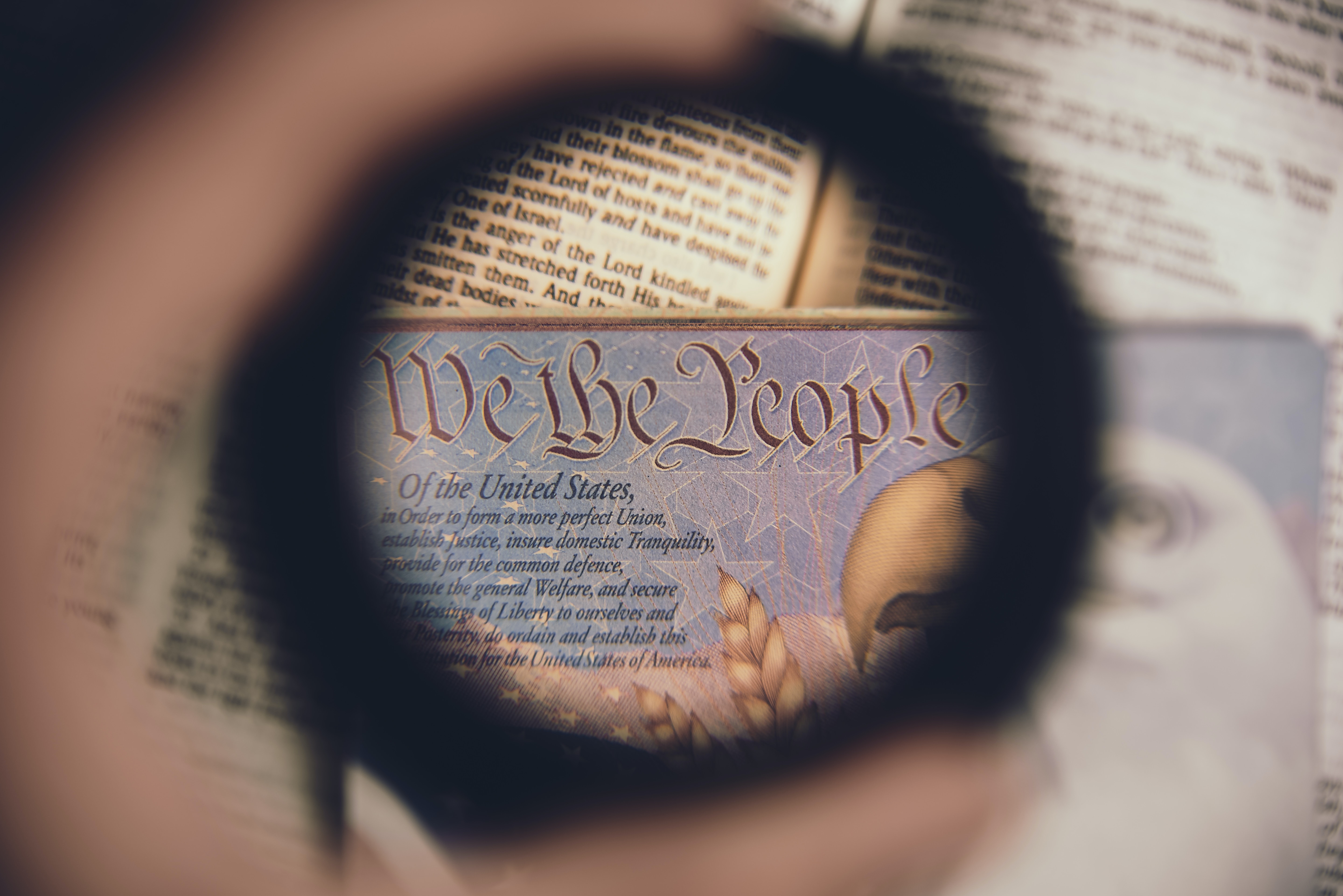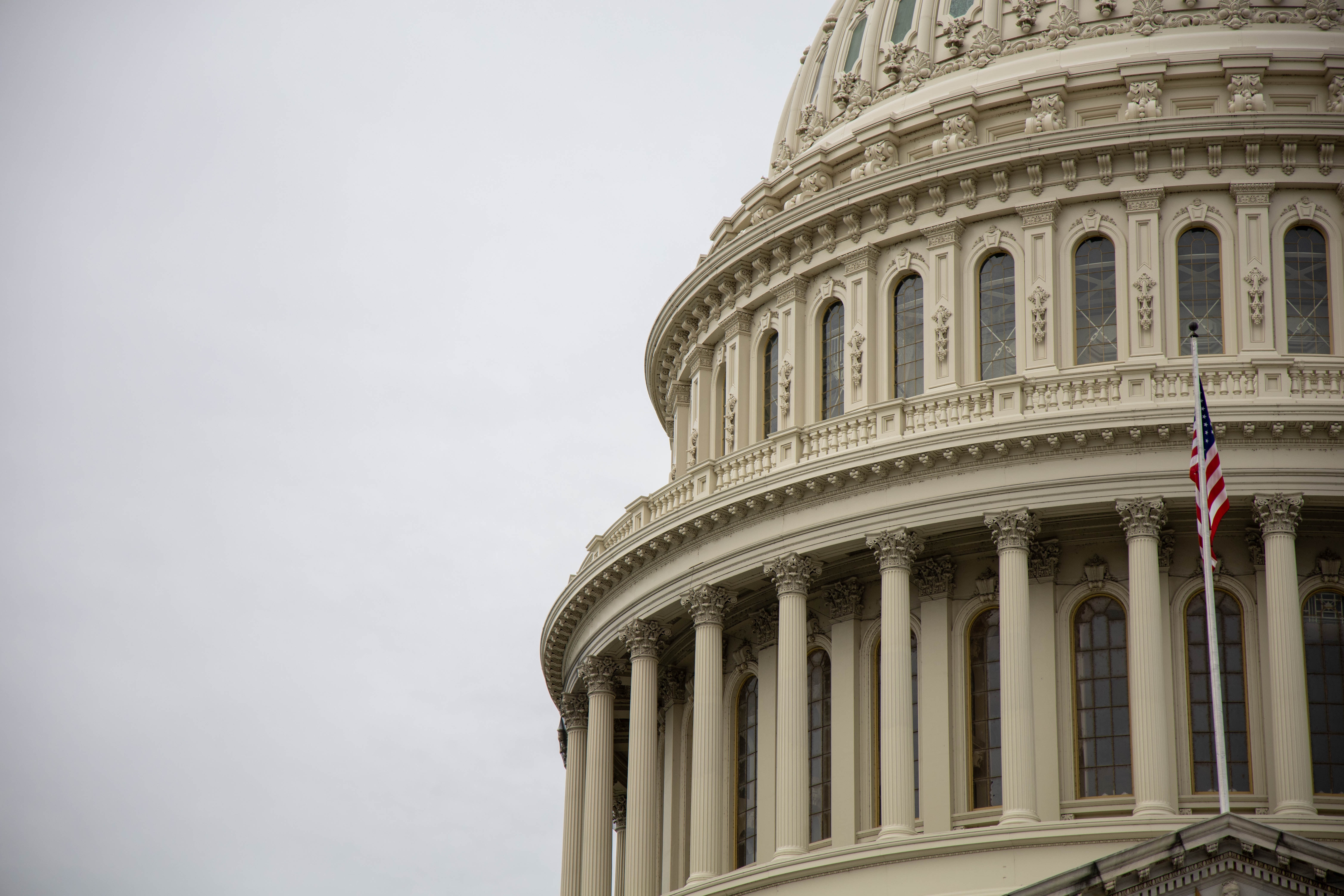The 14th Amendment to the United States Constitution is a vital component of the nation's legal framework, providing protections for civil rights and equal treatment under the law. However, an intriguing question arises: Does the 14th Amendment grant the President the authority to take action to pay the national debt if Congress fails to raise the debt ceiling? Let's explore this question, examining the constitutional provisions, historical context, legal interpretations, and potential implications of the 14th Amendment on presidential authority. Join us on this journey as we unravel the complexities surrounding the 14th Amendment and its impact on the national debt.
The 14th Amendment, ratified in 1868, emerged as a response to the aftermath of the Civil War, aiming to secure the rights and equal protection of newly freed slaves. While primarily focused on civil rights, its broad language and underlying principles have implications that extend beyond this realm. We will explore the key clauses, such as the Due Process Clause, Equal Protection Clause, and Citizenship Clause, to gain a deeper understanding of the 14th Amendment's scope and potential interpretations.
To fully grasp the implications of the 14th Amendment on presidential authority regarding the national debt, we must first comprehend the nature of the national debt and the significance of the debt ceiling. We will explain what the national debt entails, how it accumulates, and the purpose of setting a debt ceiling. This section will provide essential context for the subsequent analysis of the 14th Amendment's potential role in national debt payment.
Constitutional Interpretation
We will delve into the nuances of constitutional interpretation, examining different viewpoints and arguments regarding the 14th Amendment's potential implications for presidential authority in the context of the debt ceiling. This exploration will shed light on the various legal theories and debates surrounding this issue.
Historical Context
Understanding the historical backdrop of the 14th Amendment's ratification is crucial to grasp its intended purpose and implications. We will delve into the historical context surrounding the amendment, including its connection to post-Civil War reconstruction and the nation's financial stability. This historical analysis will provide valuable insights into the intent behind the 14th Amendment and its potential application to the debt ceiling issue.
Legal Debates and Opinions
Legal scholars and experts have presented different perspectives on the 14th Amendment's relationship with presidential authority concerning the national debt. We will examine various legal debates, including arguments for and against the President's ability to invoke the 14th Amendment to address the debt ceiling crisis. This section will provide a comprehensive overview of the legal landscape and help readers understand the complexities involved.
Implications and Controversies
The potential use of the 14th Amendment to address the national debt payment raises significant implications and controversies. We will explore the potential consequences, both legally and politically, of the President taking unilateral action without congressional approval. This section will delve into the debates surrounding the balance of powers, constitutional limitations, and the long-term effects
Implications and Controversies
of utilizing the 14th Amendment in the debt ceiling debate. We will also examine the potential effects on financial markets, international credibility, and the overall functioning of the government. Understanding these implications and controversies is essential for evaluating the potential ramifications of invoking the 14th Amendment in this context.
Case Studies and Historical Examples
To provide a more practical understanding, we will analyze historical examples and case studies that shed light on the 14th Amendment's potential role in national debt payment. We will examine instances where Presidents faced debt ceiling challenges and explore how they navigated the situation without invoking the 14th Amendment. These real-world examples will contribute to the broader discussion on the President's authority in addressing the national debt.
Alternative Solutions and Legislative Approaches
While the focus of this article is on the 14th Amendment and presidential authority, it is important to consider alternative solutions and legislative approaches to the debt ceiling issue. We will explore potential strategies that Congress and the President can employ to address the national debt and avoid reaching the debt ceiling. This section will highlight the significance of collaboration between the branches of government in managing fiscal challenges.
The relationship between the 14th Amendment and presidential authority in the context of national debt payment is a complex and debated issue. While the 14th Amendment does not explicitly grant the President unilateral power to act in this matter, its broad language and underlying principles have led to differing interpretations. Understanding the constitutional interpretation, historical context, and legal debates surrounding the 14th Amendment is crucial to comprehending its potential implications for the debt ceiling debate.
While the use of the 14th Amendment to address the national debt is controversial and raises significant implications, it is important to consider alternative solutions and legislative approaches that promote collaboration and uphold the separation of powers. By engaging in thoughtful analysis and informed discussions, policymakers and citizens can navigate the challenges surrounding the national debt and ensure the financial stability and functioning of the government.
Through a thorough exploration of the 14th Amendment's relationship with presidential authority, we can gain valuable insights into the nuances of constitutional interpretation, historical context, and legal debates. This knowledge is essential for informed discussions on the national debt and the potential role of the President in its management.










